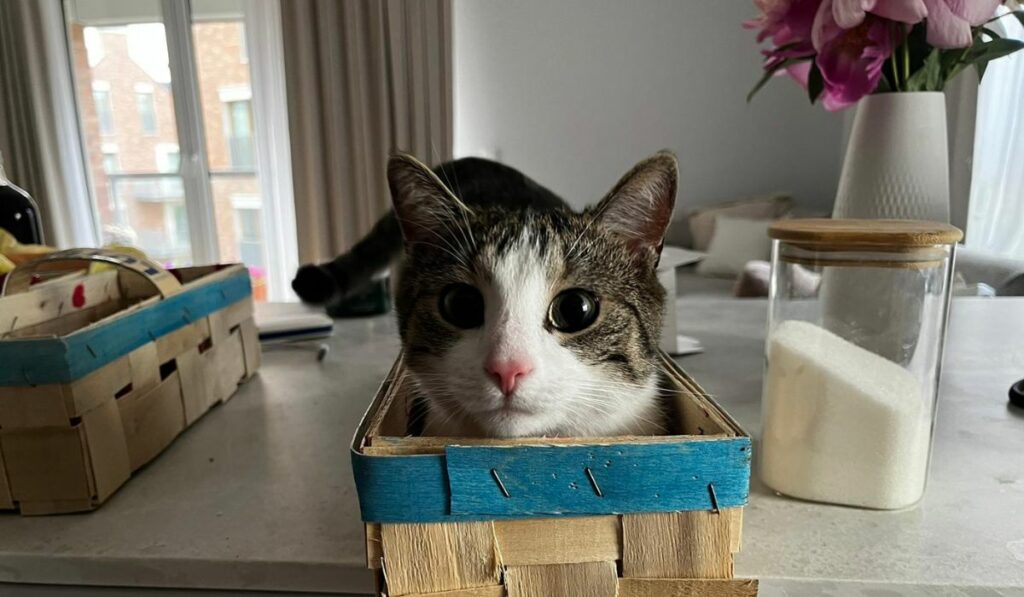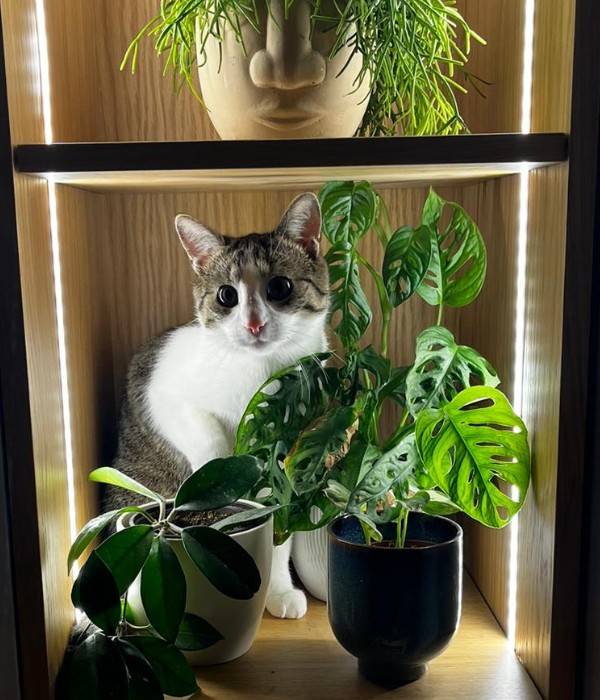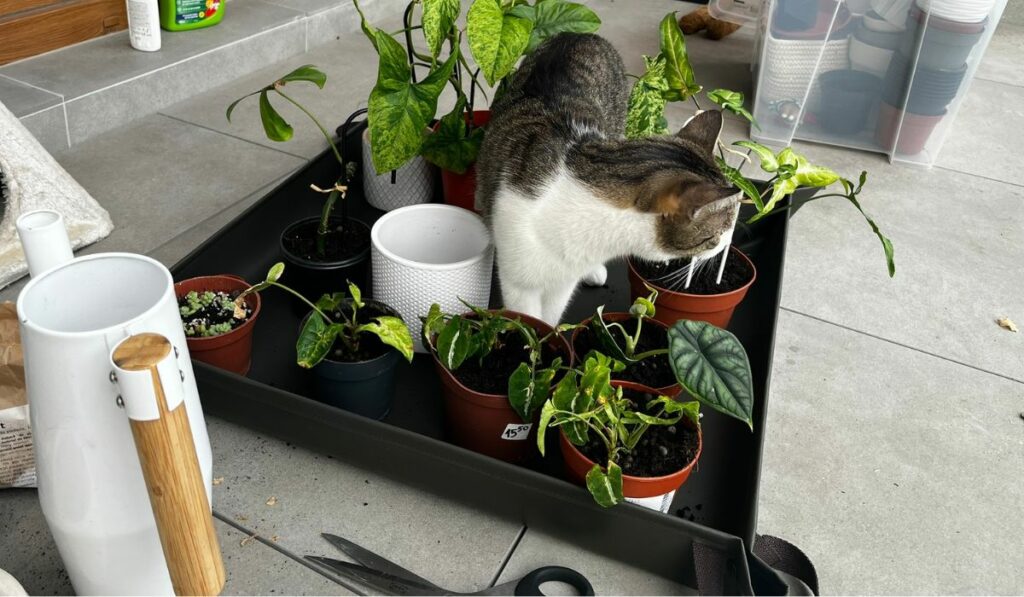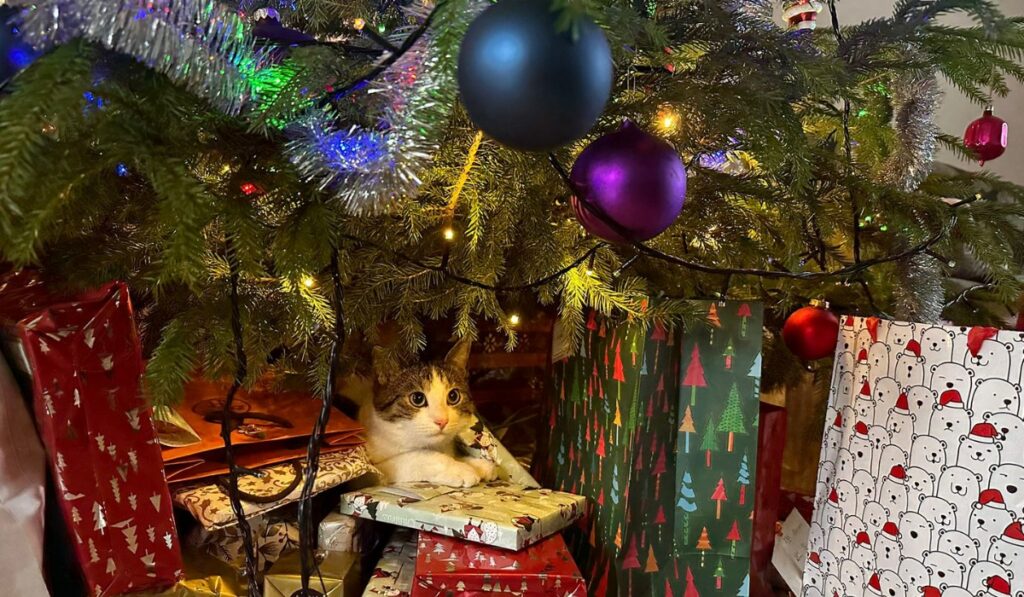Toxic Trouble: Anthurium’s Threat to Cats
If you’re an anthurium enthusiast like me and contemplating getting a cat, or a cat owner wanting to add anthurium to your indoor jungle, you’re probably wondering whether anthurium plants are safe for cats.
Unfortunately, anthuriums are toxic to cats due to insoluble calcium oxalate crystals.
If your cat has ingested any part of the plant, it can be quite dangerous, and is advisable to contact a vet immediately.

Why Anthurium is poisonous to cats
Anthuriums are toxic to cats because of the insoluble calcium oxalate crystals found in the plant. All parts of anthuriums are poisonous if ingested.
Calcium oxalate crystals are shaped like tiny, sharp needles. When a cat chews or bites into the plant, these crystals can penetrate the soft tissues of the mouth, throat, and gastrointestinal tract, leading to irritation, inflammation, and injury.
Additionally, certain enzymes in the plant can convert these calcium oxalates crystals into soluble oxalates, which can be absorbed into the bloodstream and cause systemic effects such as changes in calcium metabolism, kidney damage, and in very severe cases, organ failure.


What are the symptoms of ingesting Anthurium plants
This physical damage triggers an immediate painful response, typically observed as pawing at the mouth, foaming, and vocalizing.
If the plant material is ingested, it can also cause throat irritation, excessing drooling, difficulty swallowing, vomiting, and even diarrhea.
In severe cases, swelling can be enough to affect breathing. The severity of symptoms depends on how much of an Anthurium has been chewed on.

Cat ingests Anthurium: What is the treatment?
If a cat eats anthurium, it’s important to take action quickly. Here are the general steps you should take, although the exact treatment may vary depending on the cat’s condition:
- Remove the cat from the area: First and foremost, get your cat away from the anthurium plant to prevent it from consuming more of the plant.
- Rinse mouth: If possible, gently rinse your cat’s mouth with water to remove any plant residue or crystals. Be very careful not to cause your cat to aspirate water into its lungs; don’t force water into its mouth, just try to gently rinse.
- Contact a vet: Reach out to your local veterinarian or an animal poison control center immediately if your cat has difficulty breathing. They can provide guidance based on your cat’s specific symptoms.
- Veterinary treatment: Treatment typically involves managing symptoms. This can include intravenous fluids to prevent dehydration and dilute the toxins, pain relief for mouth and throat irritation, anti-inflammatory medication to reduce swelling, and sometimes medications to stop vomiting. A vet may also check blood or urine to test for the toxins.
- Monitoring: After treatment, the vet will likely monitor the cat for signs of further distress or symptoms, such as difficulty swallowing, breathing problems, or changes in behavior.
Remember, this advice is a general guideline. If you believe your cat has ingested an anthurium or any other potentially toxic plant, you should contact a veterinarian immediately for advice tailored to your specific situation. It’s better be safe than sorry.

Is Anthurium toxic to cats: Most frequently asked questions
Currently my obsession for Anthuriums beats my interest in getting a cat, so I won’t be getting a furry friend anytime soon.
But when I was researching on whether anthurium plants are poisonous to cats, here are some questions I was asking myself. I bet you were wondering about them too. Here they are:
Are there any species of Anthurium that are less toxic to cats?
No. According to my research, all anthurium plants have calcium oxalate crystals so it doesn’t matter whether you have a Flamingo lily (Flamingo Flower, Tail Flower), Anthurium Warocqueanum, Magnificum, or Crystallinum.
The degree of toxicity may vary, but ingesting even small amounts of these poisonous plants may cause irritation or pain.
Are all parts of the plant poisonous?
Yes. Stems, leaves, seeds contain the toxic calcium oxalate crystals. Keep your Anthuriums away from cats.
Can you train your cat not to eat Anthuriums?
Training cats not to nibble on plants can be challenging due to their curious and independent nature.
While it might be possible to deter them, it’s not a guarantee that the cat won’t try to nibble on the plant when you’re not around. Here are some suggestions that might help:
- Provide cat grass: Offering cat grass (wheatgrass) or other cat-friendly plants can provide a safe alternative for your cat to chew on.
- Use deterrents: Some pet owners use non-toxic, bitter-tasting sprays on the plant’s leaves as a deterrent. I hear that bitter lemon spray works wonders.
- Placement of plant: Placing the plant out of your cat’s reach might be an option, but remember that cats are climbers, so higher might not always mean safer.
- Training methods: Reward your cat when it interacts with its toys and ignore or distract when it shows interest in the plant. This might condition them over time to lose interest in the plant.
- Use a cat repellent spray: There are various types of cat repellent sprays available that can be used around the area where the plant is kept. My sister sprayed her curtains with cat repellent to keep the naughty feline from scratching her drapes. ;]
Are there any cat breeds that are less tempted to eat Anthuriums?
No, it depends more on the individual cat’s personality than the breed. Some cats are naturally more curious and active.
The reason I was asking this question is that I was contemplating adopting a Bengal breed, which is known for being very active and loving to climb and just generally causing chaos.
Unfortunately, Anthuriums are toxic plants and are not cat safe. You might want to get non toxic houseplants or postpone cat adoption until your plant obsession ends.
Some of the safe houseplants include Boston fern or peperomia. I’m partial to the Araceae family, so I can’t comment much outside this genus of plants.

